15 Tips for Stress-Free Dog Hikes
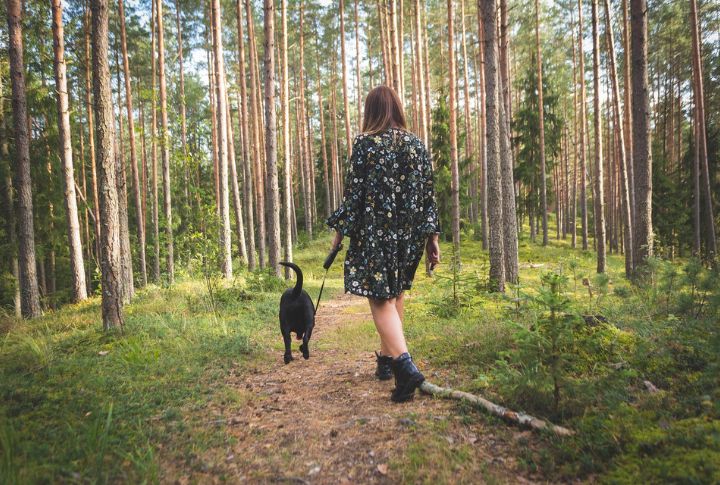
Hiking with your dog can quickly turn from fun to risky if proper precautions aren’t taken. Your dog could get lost, injured, or even encounter dangerous wildlife without the right preparation. Imagine your peaceful hike becoming a frantic search or, worse—an emergency. Here’s how to keep things stress-free.
Pick the Perfect Trail
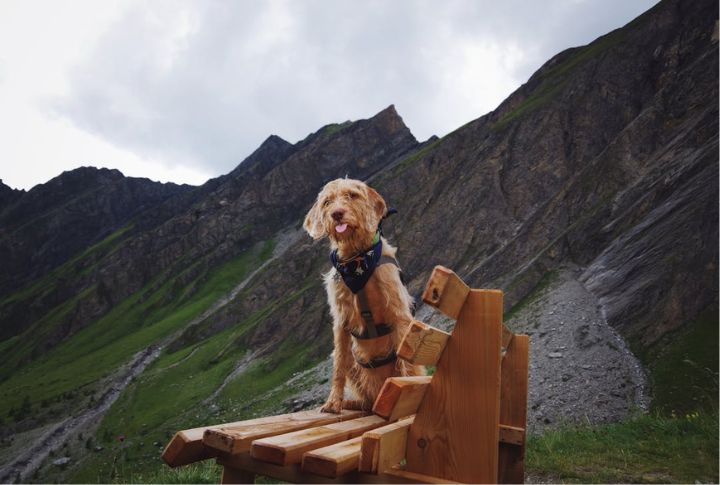
Not all trails are perfect for dogs. Some are just too rugged, while others offer a scenic stroll with wide paths for sniffing adventures. Check for dog-friendly routes that promise a safer, smoother hike. After all, nothing ruins a day quicker than unexpected trail surprises.
Leashing Protects Your Dog
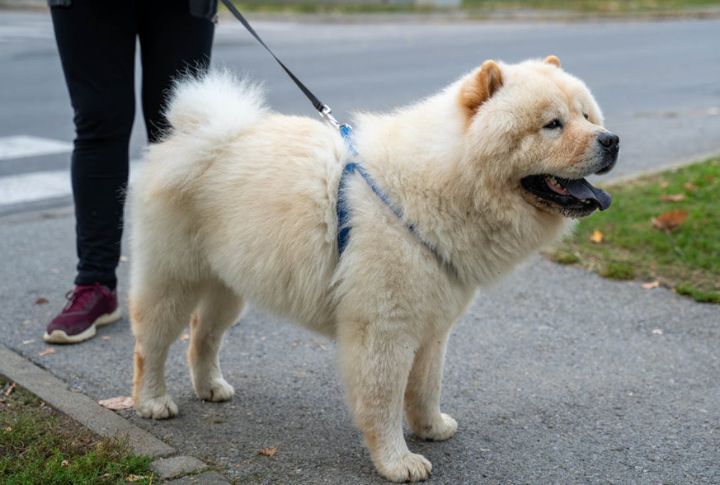
Leashes aren’t just about rules—they’re a lifesaver. Sure, your dog loves freedom, but a leash protects them from surprises, like wildlife or sudden drops. Even the best-behaved dogs can have their wild moments. Better safe than sorry when you’re both enjoying the outdoors.
Carry Enough Water
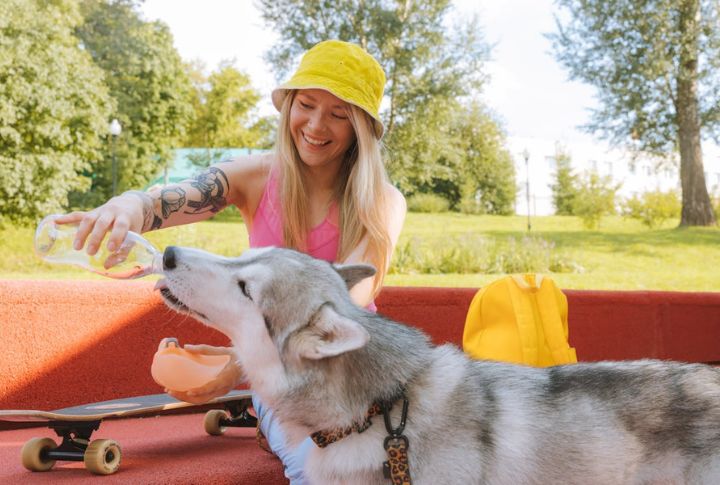
Hydration is vital for your dog, especially on longer hikes. Dogs can overheat faster than humans. Always pack more water than you think you’ll need. A collapsible water bowl is a lightweight solution that ensures your dog stays hydrated along the trail.
Recognize Signs of Fatigue
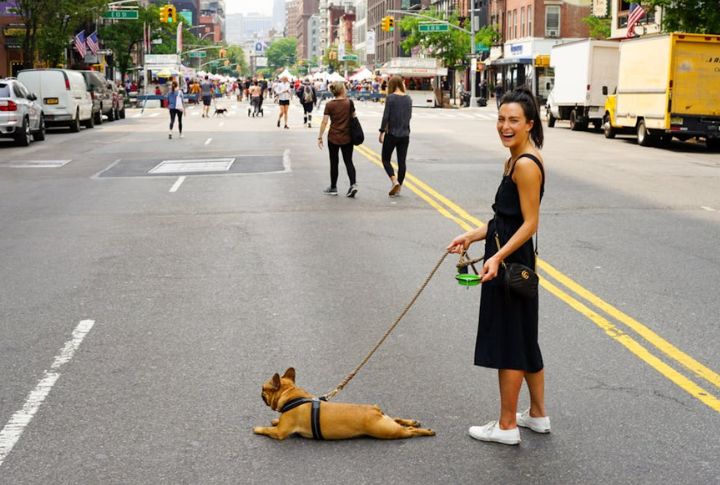
Dogs can tire more quickly than you expect. Keep an eye out for signs of fatigue like panting, slowing down, or lagging behind. Ignoring these signs can lead to injury or heatstroke. Regular rest stops will allow your dog to recharge and prevent overexertion during the hike.
Avoid Wildlife Encounters
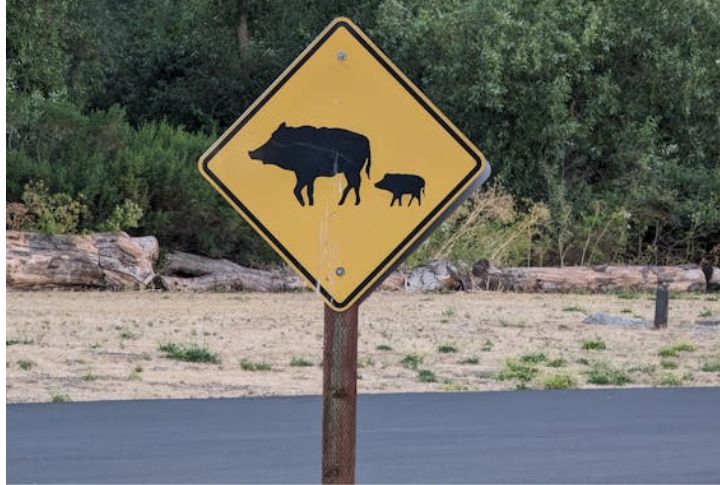
Wild animals may look tempting for a quick chase, but that’s a game your dog doesn’t want to win. Keep your pup close to avoid any unwanted interactions. Nature is best admired from a distance, and your dog will thank you for not getting into a face-off with a raccoon.
Dispose of Waste Properly
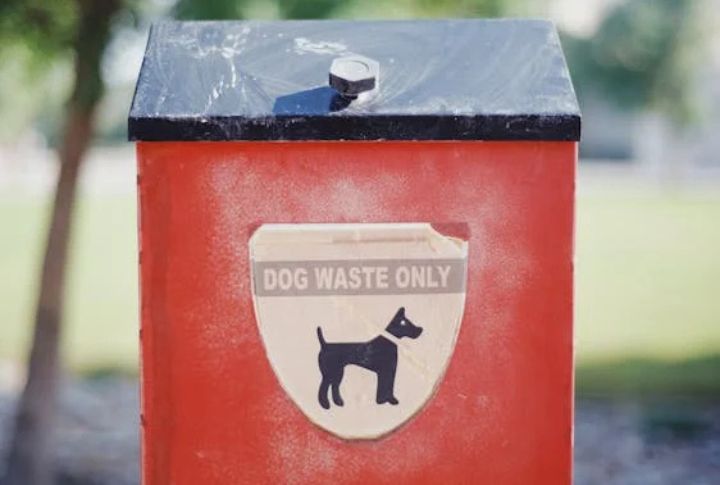
Leaving dog waste behind on the trail harms the environment and other hikers. Always bring enough bags to collect and dispose of waste properly. If no trash bins are available, carry the waste out with you.
Train Your Dog for Trails
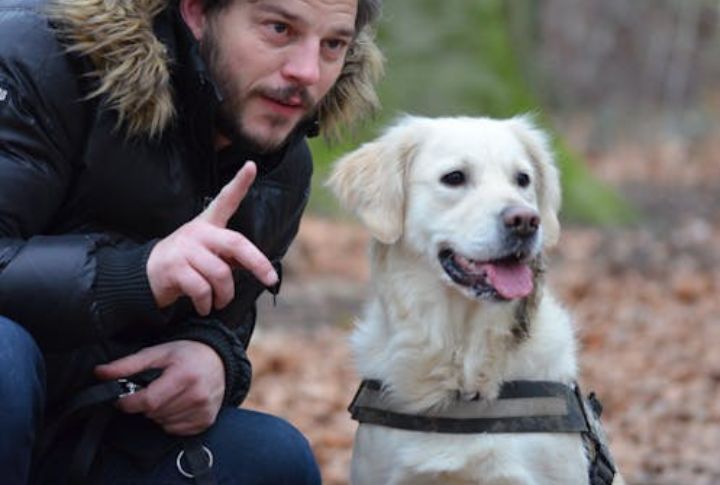
A well-mannered dog is everyone’s favorite hiking buddy. Commands like “heel” or “sit” should be second nature. When untrained, they can make a hike stressful. Notably, a little obedience training goes a long way in ensuring your dog is a trail superstar, not a troublemaker.
Watch for Hazards

Sharp rocks, thorns, or uneven terrain can injure your dog’s paws. Keep an eye on where your dog is walking, especially on rocky or rough trails. Some dogs benefit from wearing boots designed for rough terrain. Staying alert helps prevent paw injuries that could cut your hike short.
Pack a First-Aid Kit
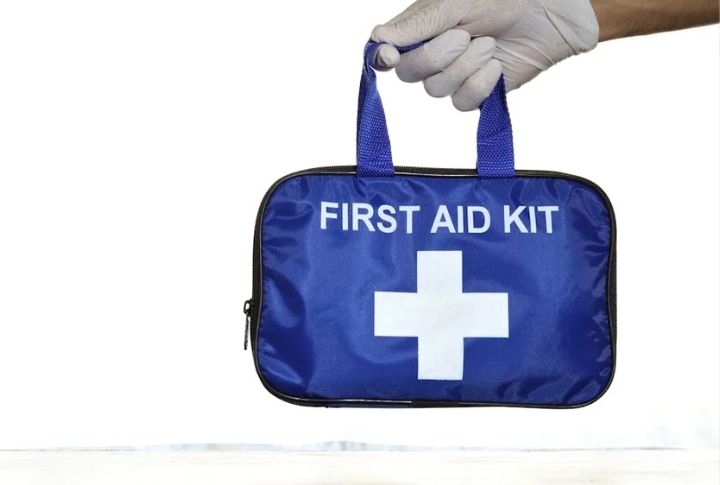
Bring bandages, antiseptic wipes, and paw balm for minor injuries. Quick treatment of scrapes or cuts ensures you can continue your hike without issues. A little preparation can save the day if an accident happens.
Respect Other Hikers
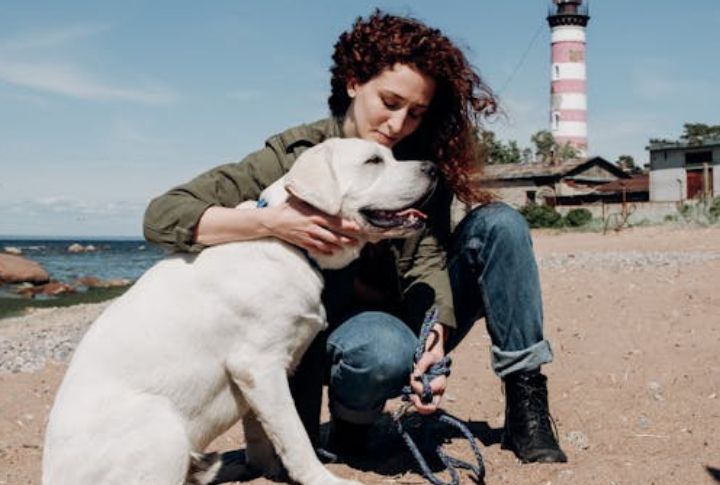
Not all hikers are comfortable with dogs, so it’s best to give people space. Keep your dog close when passing others and avoid sudden approaches. Letting your dog run up to strangers can cause unnecessary tension.
Take Breaks to Rest
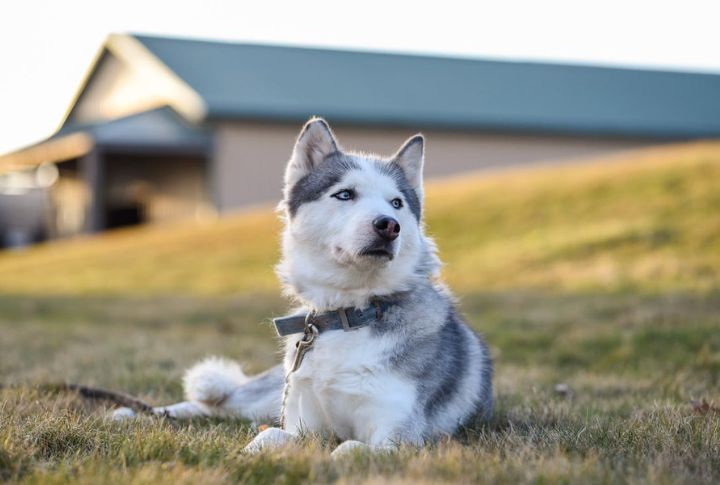
Even the most energetic dogs need breaks on long hikes. Watch for signs of exhaustion and find shaded spots to rest. Use the break to offer water and check your dog’s paws for any damage. Your dog will recover through resting and keep the hike enjoyable for both of you.
Check for Ticks Afterward
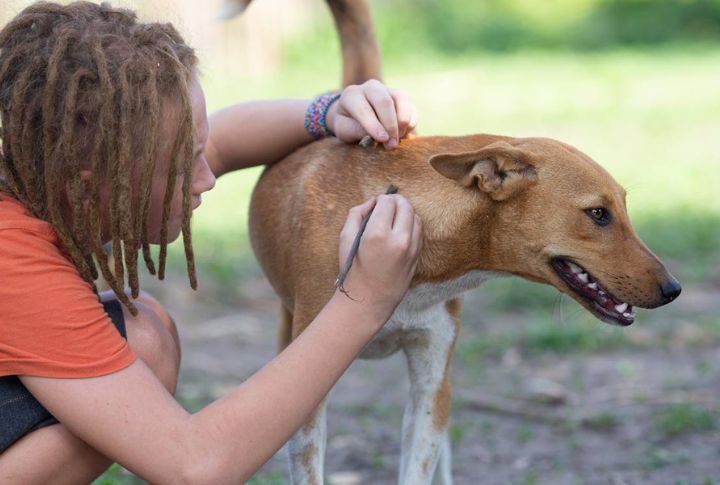
Ticks thrive in grassy or wooded areas and carry harmful diseases. After each hike, inspect your dog’s fur, focusing on spots like the ears and paws. Early removal helps prevent serious health issues. Left unchecked, ticks can spread diseases like Lyme disease.
Watch for Allergic Reactions

Hikes expose your dog to pollen, plants, and insects that might trigger allergies. Swelling, excessive scratching, or sneezing are signs of a reaction. Carry antihistamines if your dog has a history of allergies, and consult your vet beforehand.
Know Your Dog’s Limits
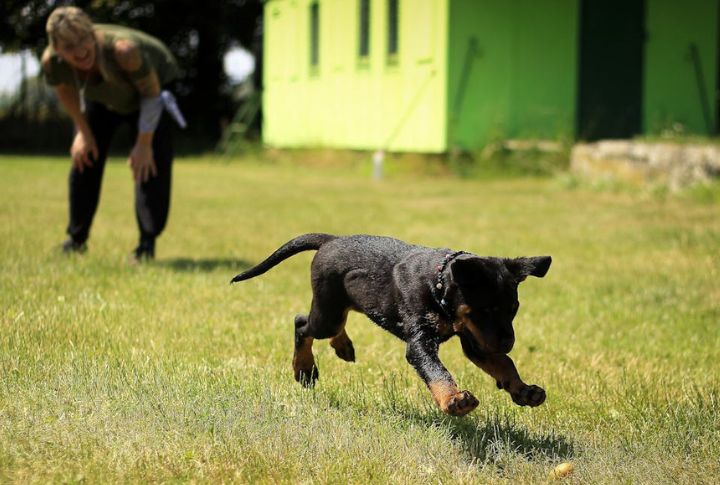
Don’t turn your hike into a marathon for your dog. Gradually build their stamina with regular, shorter outings before tackling longer trails. Sudden leaps in distance can lead to burnout—or worse, injury. Let your dog set the pace, and soon, they’ll be ready to conquer bigger adventures.
Preserve the Trail
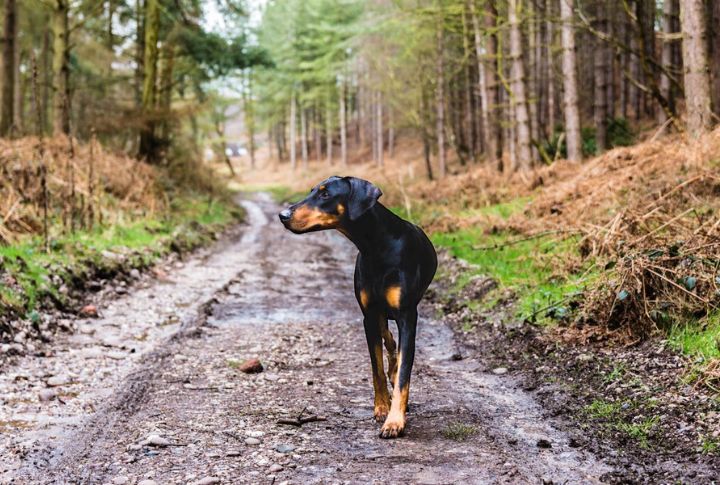
When your dog strays off the path, it can trample fragile plants or disrupt local wildlife. By staying on designated trails, you’re doing your part to minimize environmental damage and ensure that future visitors can enjoy the beauty of the area.





